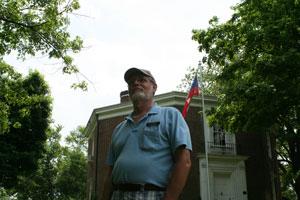
Community
The Mysteries of Octagon Hall: a home to history and hauntings
As the first chill of autumn settles into evening air and the land begins its nightly journey into ... Read more

As the first chill of autumn settles into evening air and the land begins its nightly journey into ... Read more